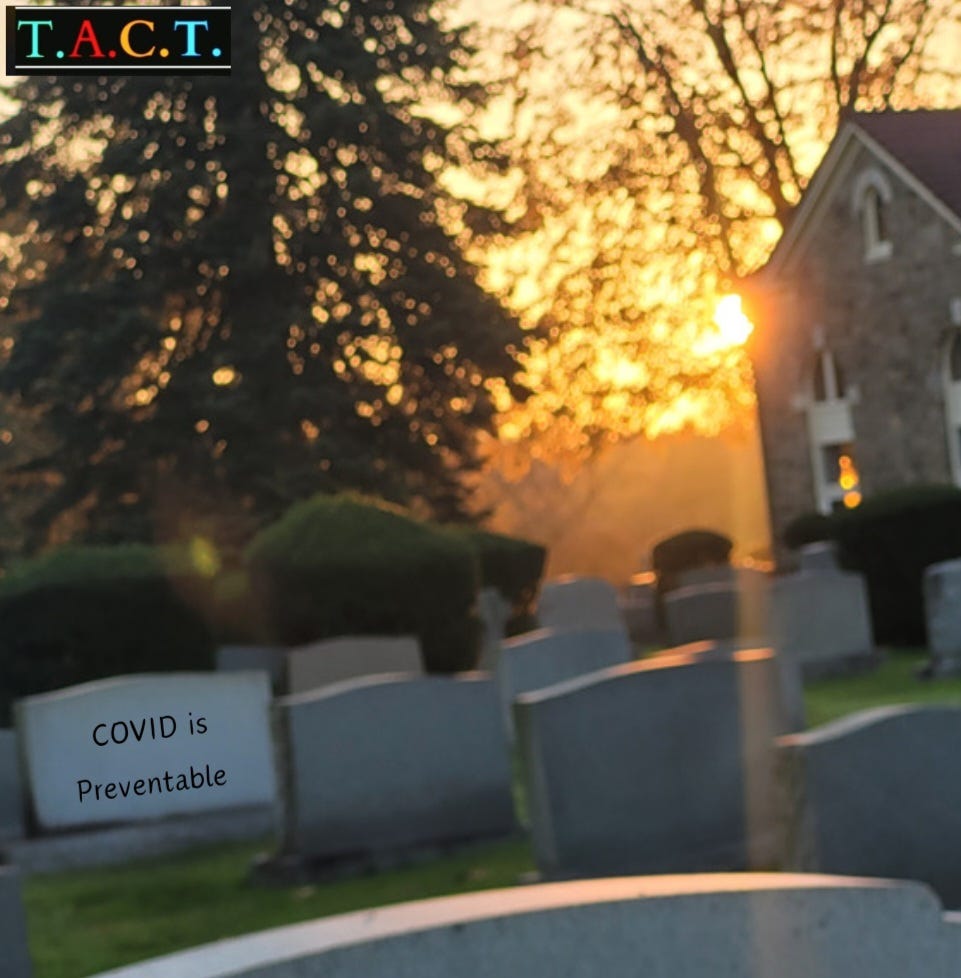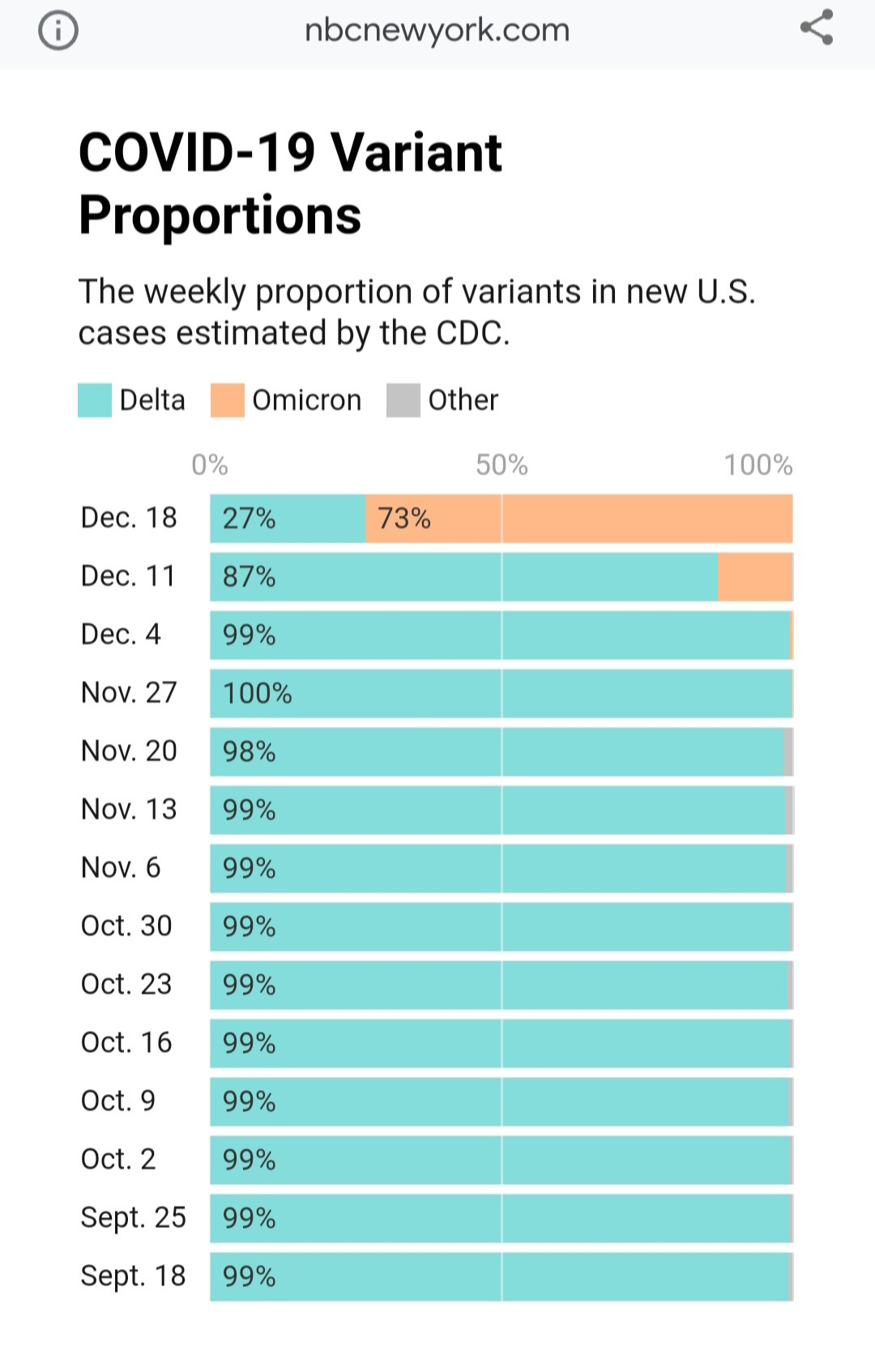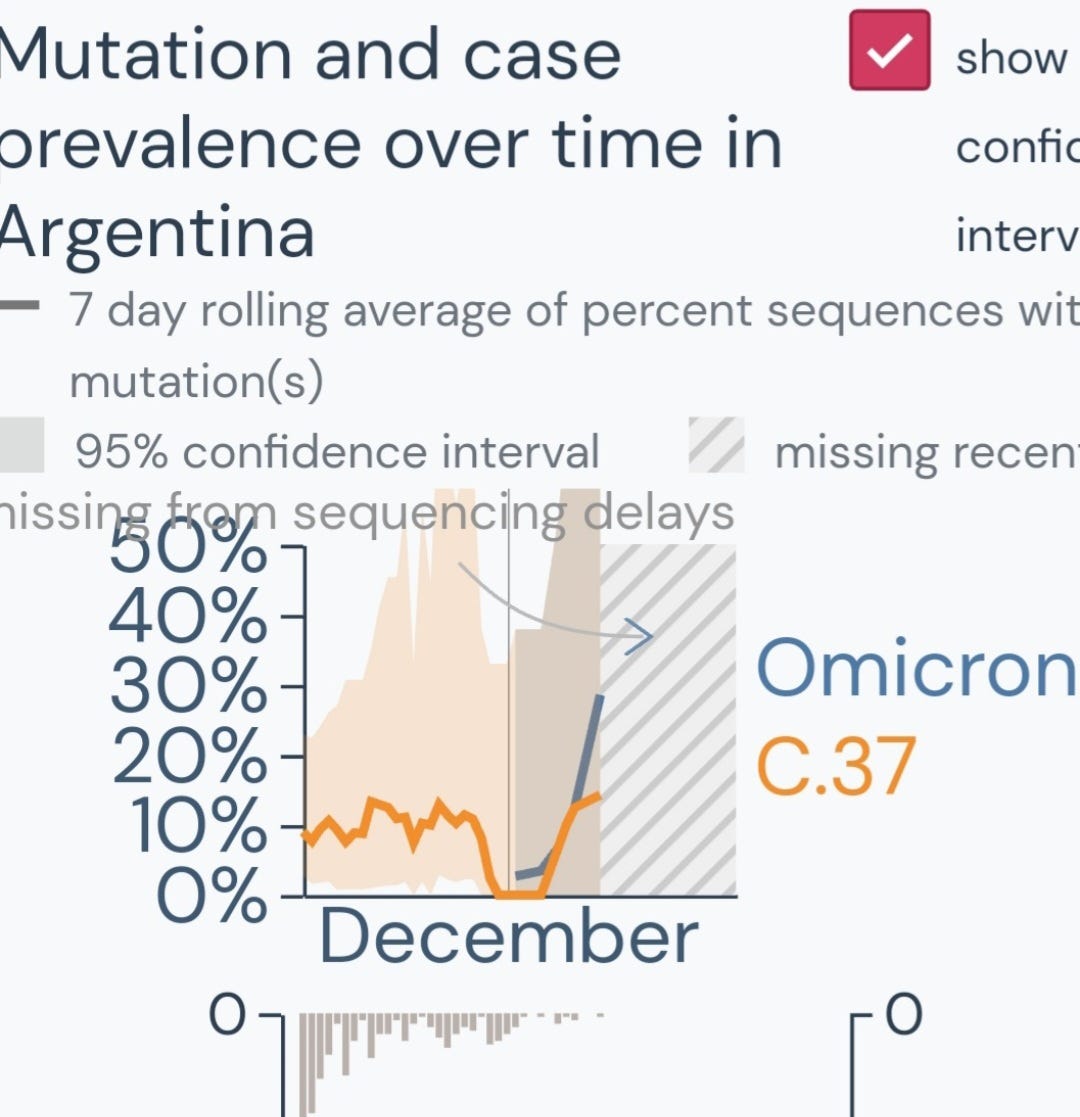Navigating the Potential Rise of JN.1: Understanding the Threat/A Doubling of Chronic Absenteeism in the U.S.
Increasing Positivity Rates and Wastewater Prevalence. What can a look at recent history teach us about the looming surge?

We are at the time of year when cases start surging but why do we accept the surge of COVID, Influenza, RSV and other airborne viruses. We don’t accept becoming sick from the water we drink or the food that we eat, so why do we accept becoming sick from the air that we breath? We have the tools and systems that could significantly reduce the amount of viruses, bacteria, mold and other pathogens from the air we breath, however we aren’t doing it. We could prevent an untold number of deaths each year. We could prevent students from missing so many days of school due to illness, and that helps parents stay healthy and be more productive. This benefits families and all of society.
On October 12, 2023, The non-profit advocacy group Attendance Works posted an article on the data they analyzed from the U.S. Department of Education, revealing that 66% of students attend schools with high or extreme levels of chronic absenteeism. There was a doubling of the chronic absenteeism rate since before the pandemic, reaching 29.7% in 2022 from 16.2% in 2019. This crisis has affected over 14 million students, up from 8 million before the pandemic. High chronic absenteeism levels not only impact absent students but also affect everyone in the classroom, including teachers.
This issue places a significant burden on schools, making it difficult for teachers to meet the needs of all students, juggling efforts to catch up absentees while keeping other students engaged. In the 2021-22 school year, they showed that 43% percent of schools had extreme levels of chronic absence. “Elementary schools were especially affected with extreme chronic absence jumping from 7% to 38% of all elementary schools.”
Addressing this problem is crucial for many reasons but one of the most serious is the unmitigated spread of COVID-19. COVID weakens immune systems and it may be causing irreversible damage to younger children’s immune systems. Could this be the reason that elementary schools have seen the alarming increase in chronic absenteeism? We have evidence of sustained airborne transmission of SARS-CoV-2 within schools. We have evidence “that COVID-19 contributed to the 2022 surge of severe pediatric RSV cases."
Improving air filtration to effectively eliminate most pathogens and upgrading ventilation to automatically maintain CO2 levels at or below 600 ppm constitute vital components of the solution. This not only reduces pathogen exposure but also enhances the availability of oxygen, thereby boosting cognitive function and mitigating chronic absenteeism, along with its far-reaching repercussions.
Recognizing the significance of these measures is of vital importance, given the potential for a looming surge in COVID-19 cases that could surpass last year's numbers. While we hope that it remains below the levels observed in 2021, it's crucial for hospitals, schools, and businesses to prepare for a worst-case scenario, that could be on par with or surpass 2021. We will closely examine the indicators pointing towards a potential surge, which could result in millions being hospitalized and tens of millions grappling with Long COVID. Tragically, many lives may be lost to a preventable cause.
Additionally, we will delve into a commonality between B.1.617.2 (Delta variant) and BA.2.86 (Pirola variant) and explore how these similarities could significantly impact public health, potentially leading to changes in symptoms compared to the currently circulating variants.
We can see from the graph above that the U.S. positivity rate is increasing again. This is an average so some places are declining, while others are just beginning to increase but the majority of places are already seeing a surge in positivity rates and in the wastewater prevalence.
Looking at the graph of the wastewater prevalence for each region, we see that prevalence has plateaued or is increasing in the majority of the U.S. We can expect all regions to see an increasing prevalence from mid-November until schools close for winter break. The hospitalizations may continue increasing into January depending on how much momentum the exponential growth can achieve before the break and which variant is dominant at the time.
Flashback to 2021
In 2021, the Delta variant dominated until December. In mid-December, the original Omicron variant, with a very high level of immune escape, rapidly displaced the Delta variant, leading to a huge surge of hospitalizations, deaths and the onset of Long COVID symptoms for many people. The graph below is from NBC New York, December 2021. It shows us how rapidly the original Omicron variant displaced the Delta variant.
Another example is from Argentina. (shown in the two graphs below) We can see how fast Omicron rose to dominance in December 2021.
New cases increased sharply as Omicron prevalence grew.
The purpose of this historical review is to illustrate that when a variant with distinctive antigenic properties and a strong capacity for immune evasion emerges, it can rapidly outcompete earlier variants, leading to substantial societal disruption and, more critically, disproportionately affecting the most vulnerable populations.
BA.2.86 (Pirola) and the Pirola Family of Variants
We find ourselves in a situation eerily reminiscent of the challenges we faced in 2021. The emergence of the antigenically distinct BA.2.86 sub-variants has raised alarms as they exhibit the ability to breach prior immunity, even that provided by the XBB.1.5 variant. What's particularly worrisome is that BA.2.86 and its sub-variants share a concerning characteristic with the Delta variant. This shared trait has the potential to reshape how the virus interacts with our bodies, potentially leading to alterations in the common symptoms we've come to recognize. This shift in behavior might not only escalate the severity of the disease but also raise questions about the virus's capacity to infiltrate the brain.
The research requires extensive time and effort to uncover crucial insights. By becoming a paid subscriber, you're not only gaining access to exclusive content but also actively supporting the future of this important work. Contribute to our mission by becoming a valued paid subscriber today.
Keep reading with a 7-day free trial
Subscribe to T.A.C.T. to keep reading this post and get 7 days of free access to the full post archives.










